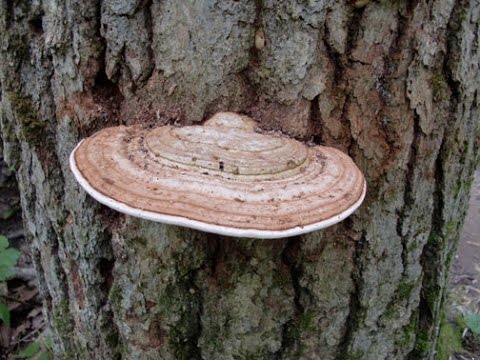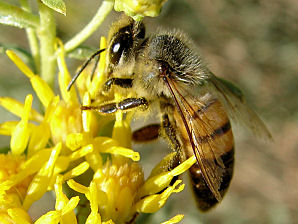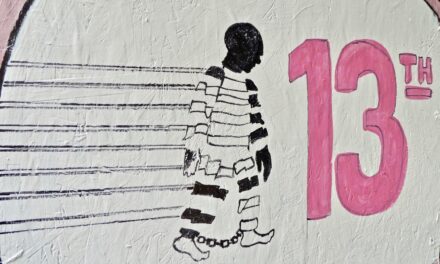A parasitic mite called Varroa destuctor has been “a primary factor” in the collapse of bee colonies (along with pesticides and loss of forage land), writes mushroom expert Paul Stamets in an essay published 12/28/18 in the New York Times.
“This mite, Varroa destructor, injects a slew of viruses into bees, including one that causes shriveled wings, a primary factor in widespread colony collapse. Worse, these parasites have rapidly developed resistance to synthetic pesticides.
“Beekeepers in the United States lost an estimated 40 percent of their colonies between April 2017 and April 2018. But we might be able to save honeybees at least from this parasitic scourge without chemical intervention…
“Our research shows that extracts from the living mycelial tissue of common wood conk mushrooms known to have antiviral properties significantly reduced these viruses in honeybee colonies, in one field test by 45,000 times, compared to control colonies. In the field tests, we used extracts from two species of wood conks, the red reishi and the amadou. The famous ‘Iceman’ found in a glacier in 1991 in the Alps carried amadou in a pouch 5,300 years ago. The red reishi has long been used as an immune-boosting tonic in Asia.
“Our hypothesis — and that’s all it is, we don’t understand the mechanism behind the results — is that extracts of wood conk mushrooms strengthen immunity to viruses.”
Stamets and colleagues at the University of Washington and the US Department of Agriculture are developing a feeder so that “citizen scientists” can provide bees with virus-fighting mushroom extracts in sugary water. “Millions of these feeders are needed,” Stamets estimates, “to reverse the decline in bee populations.”






